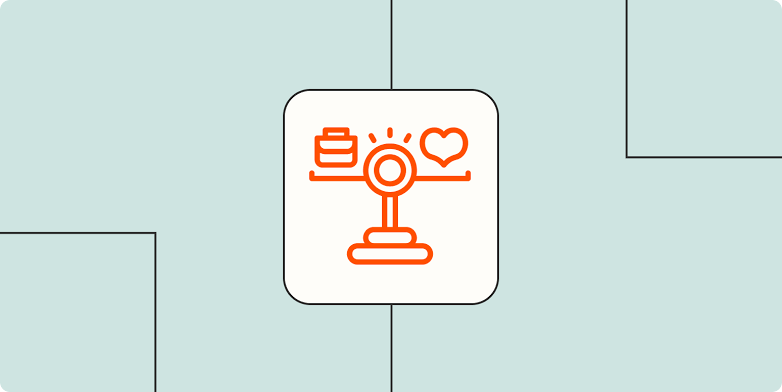In today’s fast-paced world, managing time effectively is essential, but simply staying busy doesn’t always mean being productive. What truly matters is knowing how to prioritize tasks for maximum impact. Professionals, students, and entrepreneurs often juggle numerous responsibilities, but the secret to real progress lies in organizing those tasks based on their importance and contribution to long-term goals.
Below are key strategies to help prioritize work in a way that boosts efficiency, reduces stress, and leads to meaningful outcomes.
Understand the Difference Between Urgent and Important
Not all tasks are created equal, and knowing the difference between what’s urgent and what’s important is crucial.
- Urgent tasks demand immediate attention but may not contribute to your long-term goals.
- Important tasks help you achieve meaningful results, even if they’re not immediately pressing.
Many people fall into the trap of reacting to urgent matters and neglecting important ones. Recognizing this difference is the foundation of effective prioritization.
Use the Eisenhower Matrix
The Eisenhower Matrix is a powerful tool that helps you categorize tasks into four clear groups:
- Do First: Urgent and important tasks to be completed immediately.
- Schedule: Important but not urgent tasks that should be planned.
- Delegate: Urgent but not important tasks others can handle.
- Eliminate: Tasks that are neither urgent nor important.
Using this method, you can reduce overwhelm and ensure your focus is on what truly matters.
Identify Your Most Important Goals
When everything feels important, decision-making becomes cloudy. Start by defining your core goals.
- What do you want to achieve in the next month, quarter, or year?
- Which tasks move you closer to those outcomes?
- Are your daily activities aligned with your long-term objectives?
Clarity on your goals allows you to prioritize tasks that contribute to tangible progress rather than just completing busywork.
Break Projects Into Smaller Tasks
Large projects can seem overwhelming and cause procrastination. To prioritize them effectively:
- Divide big goals into smaller, manageable steps.
- Assign deadlines to each subtask.
- Focus on one segment at a time to maintain momentum.
By breaking work into smaller tasks, you can identify which parts are most critical and time-sensitive.
Apply the Pareto Principle (80/20 Rule)
The 80/20 rule suggests that 80% of results often come from just 20% of efforts. To apply this:
- Identify tasks that yield the most results.
- Focus on those high-impact actions first.
- Avoid wasting time on work that adds little value.
Prioritizing based on potential results allows you to maximize productivity with less effort.
Use a Daily Priority List
Rather than keeping a long, scattered to-do list, create a focused daily priority list.
- Choose 3–5 key tasks to accomplish each day.
- List them in order of importance or sequence.
- Cross them off once completed to build a sense of accomplishment.
This method keeps your daily work aligned with overall goals while maintaining manageable expectations.
Limit Multitasking and Focus Deeply
Multitasking can seem efficient, but it often reduces productivity and increases mistakes.
- Focus on one task at a time, especially for complex or high-impact work.
- Use time blocks to concentrate deeply for short bursts.
- Minimize distractions by turning off notifications and clearing your workspace.
Deep focus ensures quality output and faster completion of prioritized tasks.
Evaluate Time and Energy Patterns
Not all hours of the day are equal. Understanding when you work best helps in scheduling top priorities.
- Identify your peak energy times (e.g., morning, afternoon).
- Schedule high-focus tasks during those windows.
- Reserve low-energy periods for routine or administrative work.
Aligning your task schedule with natural rhythms improves output and reduces burnout.
Learn to Say No or Defer Non-Essential Work
To prioritize effectively, you must be selective with your time.
- Politely decline tasks that don’t align with your priorities.
- Postpone low-impact work that can wait.
- Communicate clearly with colleagues or clients about availability.
Saying no is not about being difficult—it’s about protecting your focus for tasks that truly matter.
Review and Adjust Weekly
No plan is perfect. Priorities can shift, and unexpected demands can arise. Regular reviews help you stay on track.
- At the end of each week, assess what was completed and what wasn’t.
- Identify which tasks brought the most progress or challenges.
- Adjust your upcoming schedule accordingly.
This ongoing reflection keeps your work dynamic and your priorities fresh.
Utilize Productivity Tools for Structure
Technology can support better task prioritization.
- Use apps like Todoist, Trello, or Notion to organize and categorize tasks.
- Set reminders, due dates, and progress tracking within your tools.
- Visual layouts help you better manage multiple projects and timelines.
Digital systems simplify task management and prevent important work from slipping through the cracks.
Conclusion: Focus on Impact, Not Just Activity
Prioritizing tasks for maximum impact is not about doing more but doing what matters most. When you understand your goals, organize work strategically, and stay focused on outcomes, your productivity and satisfaction will grow significantly. Each day offers limited time and energy—using them wisely can be the difference between staying busy and making real progress. Prioritize purposefully, review often, and adjust as needed to stay on the path toward success.



